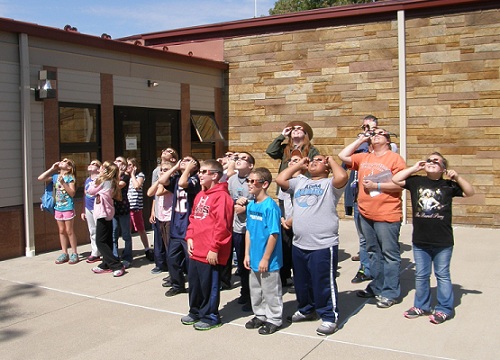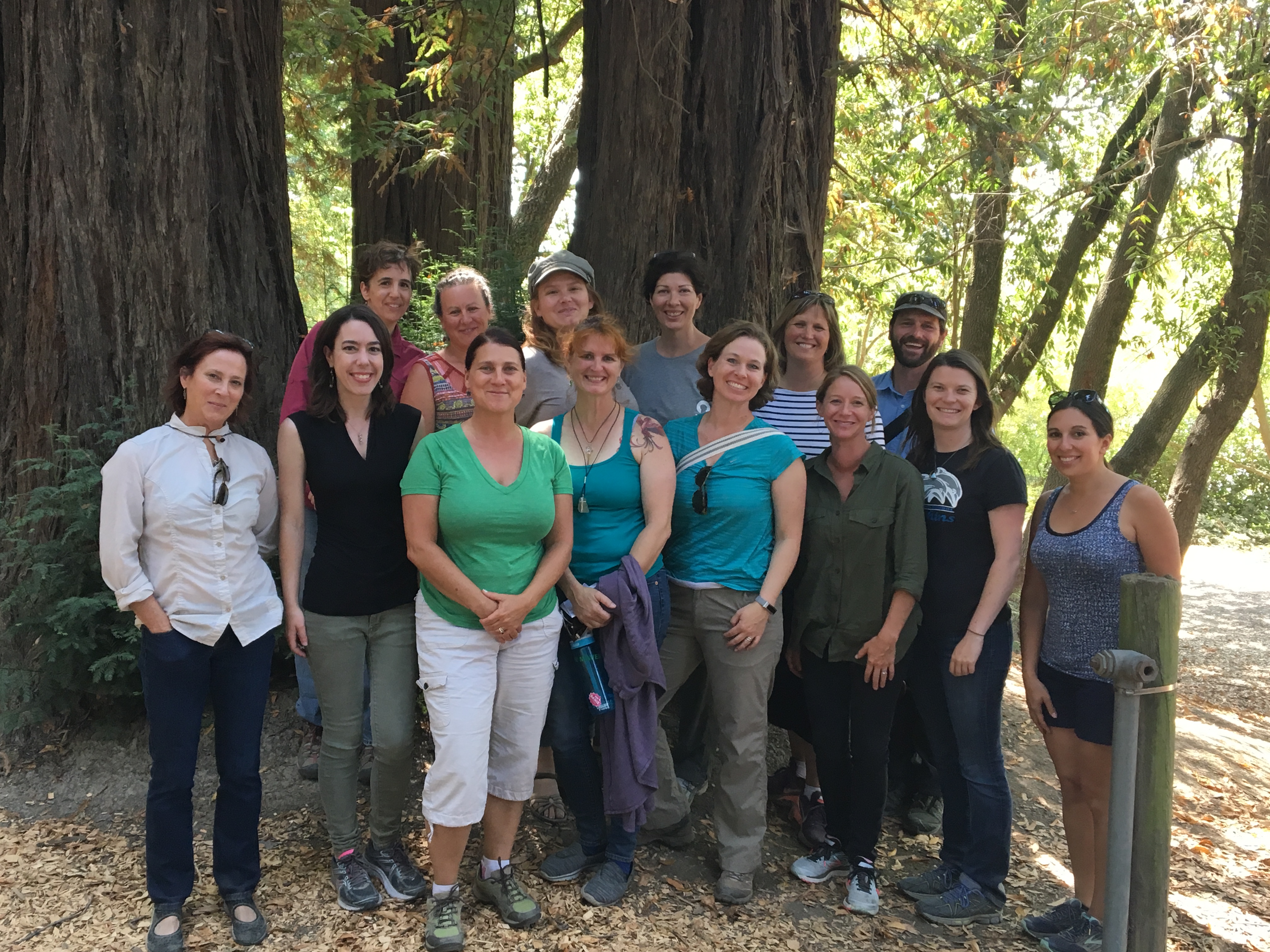No One is Alone
Author: Anna Babarinde
Published: 08.23.17

Like many in STEM fields, I am very drawn to music and find songs helpful for processing what’s going on in the world. At this particular juncture, I’m especially finding musicals powerful, seeing in them both parallels and encouragement for the world I’m in and the work I’m doing.
At the end of Stephen Sondheim’s hit musical, Into the Woods, the story shifts gears rather dramatically. What started as a witty, edgy satire based on fairytales has turned into a story of loss and courage. As they reel from tragedy and prepare for confrontation, the surviving main characters sing about isolation and unity.
Mother cannot guide you.
Now you're on your own.
Only me beside you.
Still, you're not alone.
No one is alone. Truly.
No one is alone.
This theme of isolation and unity is prevalent today in science and science education. On August 21st, the United States was unified around science as people came together to watch the eclipse. In a recent Huffington Post article, Lili Gil Valletta states,
“This great American eclipse reminds us that ultimately, we are members of one human race. We are equally amazed, excited and moved by the greatness of a cosmic moment available to all regardless of race, gender or creed.”
At the same time, I hear from many that they feel alone. The science division of the White House is no longer staffed, and prominent leaders are leaving science envoy positions. I recently spoke to a woman who said her husband, a scientist, has felt isolated and rudderless in the last few months. Al Gore shares a similar sentiment in the new movie, An Inconvenient Sequel: Truth to Power. He talks about often feeling as though it’s him against the world in the decades he’s tried to engage people to fight climate change. Many science educators share this sentiment. I was struck in a recent meeting by the prevalent feeling among science teachers that they stand alone in their schools and districts as they implement NGSS and seek to develop 21st century science lessons.
And yet, this feeling of isolation is the antithesis of what should be happening in science as a whole and particularly science classrooms. More than ever, collaboration and integration are driving forces in STEM fields, leading to new, creative discoveries and inventions. Significant challenges such as environmental protection require that countries and communities band together and that individuals join in messaging and conservation efforts and invite others to do the same. Implementing NGSS and teaching 21st century science is no small feat and isn’t intended to be done alone. In fact, according to the national NGSS website, “effective implementation demands a great deal of collaboration and patience among states, districts, schools, teachers, and students.” Within the classroom, as students prepare to enter the 21st century world, they need they need experiences highlighting that they are individuals who can make choices that can greatly impact the world around them, and at the same time they are not alone and can achieve great things through collaboration with others.
How do we strive for unity and collaboration at a time when so many in science feel as though the world has turned upside down and they stand alone? It is up to us to seek out connections, but the good news is that there are many options out there.
There are more and more opportunities for scientists, teachers, and students to connect and learn from and support each other. One example is “Scientist in the Classroom,” an initiative through the National Center for Science Education that matches up educators and local scientists.
For those seeking to contribute to conservation efforts, there are many organizations who provide information about tangible actions and connections with others who are learning and communicating about the environment. One of these is Al Gore’s Climate Reality Project which highlights ways to further your own learning, teach others, and develop community and shared vision.
For educators who want partners on the NGSS implementation journey, there are also many options locally and statewide. In Sonoma County, we just launched a 21st Century Science Teacher Leader Cadre with twelve K-12 teachers. It was amazing to watch their interactions at our first meeting. They are smart, passionate educators who were hungry to share ideas and learn from each other while they prepare to support teachers throughout the county. They no longer felt alone but united in designing high quality science experiences for students. Even if there are not cadres like this in your area, many online groups and forums exist to connect you with others who share your passion. For example, CSTA has Facebook groups for science teachers and coaches to ask questions, provide resources, and collaborate around implementation.
No matter who you are or what your circumstances as a science educator, you are not truly alone. But with less and less central science leadership, it is up to you to break out of isolation and seek communities where you can collaborate and experience unity. This is how we will invoke positive forward movement. Not only do you need to do this for yourself, but you must do this for the sake of your students. The more we are connected, the more they see the true potential in science and all STEM fields for integration, collaboration, and united action. If we move beyond one day of unity around a solar eclipse and provide more and more examples of how science-minded people work together, we can teach them to live into the final stanza of Sondheim’s song:
Hard to see the light now.
Just don't let it go.
Things will come out right now.
We can make it so.
Someone is on your side.
No one is alone.

Blog: Exploring NGSS

